Modelling preamp systems and full-range, flat response cabs explained
Matrix Amplification's Andrew Hunt decodes the phenomenon of FRFR, and how it can help you integrate modelling gear - including Axe-Fx and Kemper - into your guitar rig
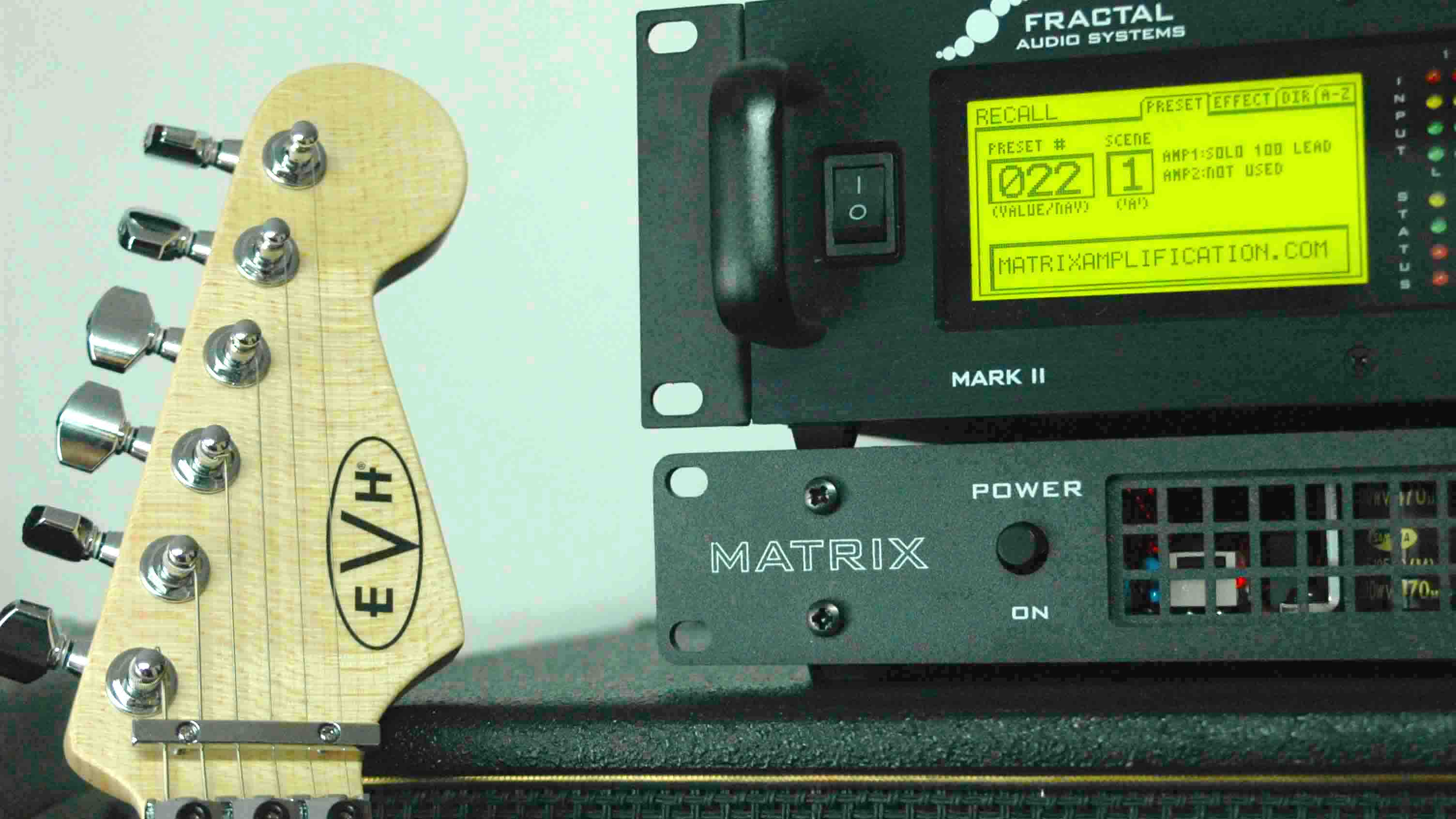
Introduction
Modelling preamps are on the rise. To some, they're the digital panacea for all our amp and effects needs. To others, they are nothing but mere upstarts, simply the new kids on the block. Either way, the technology is finally at a level to make it a serious and viable alternative to the valve amplifier.
This tech has led to a cottage industry of people building accessories and products designed to take these systems from the home studio to the stage, from expression pedals to MIDI controllers to solid-state amplifiers and, in particular, a new kind of speaker system: the FRFR speaker.
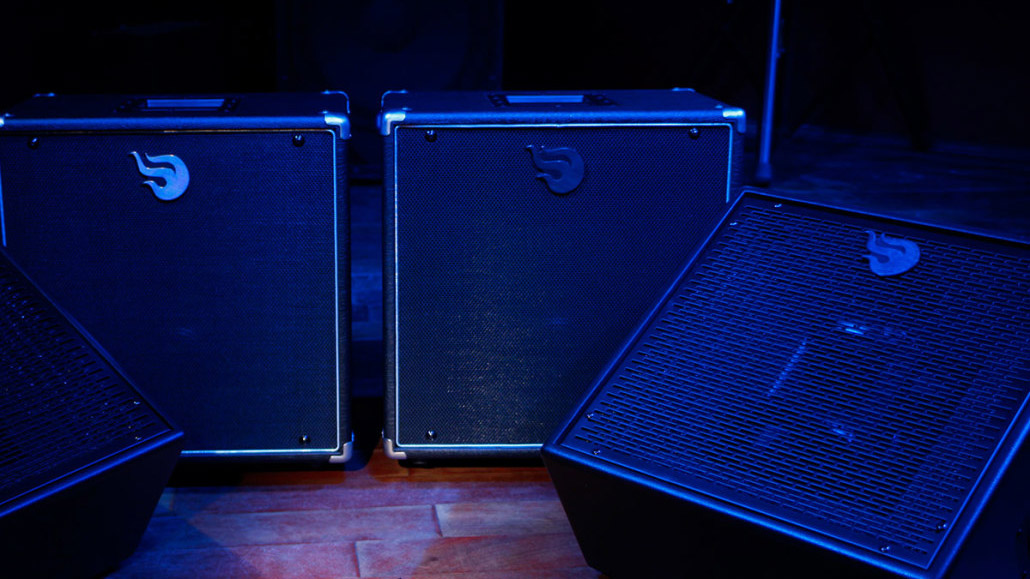
Full range, flat response
FRFR stands for Full Range, Flat Response. Put simply, if you wanted to use your modelling system in all its glory, including the speaker simulations, you need a speaker that can deliver a full range of 40hz to at least 18khz and be as flat and neutral as possible without adding any peaks or troughs in this range. A flat line, if you will.
While some guitarists looked to the pro-audio world and settled on the pre-existing wedge format, many others wanted the comfort and familiar feeling of a cabinet behind them, and preferably something that looked like a traditional guitar cab.
If it’s that simple, you might wonder whether we should all be using FRFR systems for our backline. The problem lies with the technology of capturing the cabinet simulation (sims). This is called an IR or Impulse Response, and put simply, it’s a snapshot of the frequency of the cabinet you choose.
Unfortunately, it won't sound like the original cab; at best, it sounds like a recording of the cab you’ve just used. It’s this lack of the 'amp in the room' feel that's the biggest stumbling block to FRFR domination.
When you take an IR of a cab, it’s generally using just one microphone. When your ear hears a signal going through a cab, it hears all of the cone, it hears the interaction inside the cab, the resonance of the cab and reflections with walls, floors and all of the room interaction, all pretty much at once.
With a microphone or even lots of them, there isn’t a way to capture all of that information from everywhere, hence the reproduction contained in the IR is not as lifelike as the real thing – the “amp in the room” syndrome.
As soon as you use a traditional guitar cab without cab sims, the feeling is back. For many, though, the feeling of using only a small part of the modeller’s capability is not enough.
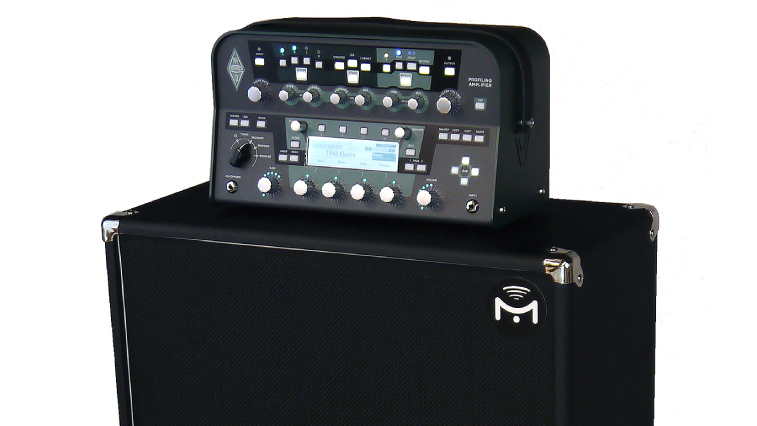
Benefits
FRFR has plenty of pros. For one, it's a blank canvas, allowing the user to imprint any sonic colours they wish. FRFR allows you to use many different amps with either the cabs they are best suited to or go crazy and mix and match many different kinds of combinations.
Special effects like shimmering harmonizers or synth like effects can also be used and heard in full due to the extended range of frequencies FRFR allow. Direct-to-desk 80s, cleans which have no cabinet, are possible and heard as they would on the record.
Speaking of records, sonically matching a tone from a sampled guitar part on a record is also possible, allowing – in theory – the tone of our favourite guitar gods to be achieved without being coloured by a normal guitar cab.
There are also some other less obvious benefits.
One is that we get to hear what the audience is hearing (for the most part). I’ve heard many guitarists tell of the high they’ve had from getting a great sound on stage, only to be brought back down to earth by someone telling them the front of house sound sucked!
Getting an accurate reproduction of your front-of-house sound, and more importantly, having your own control over it, is very important, and could help your playing.
The speakers used in FRFR systems have much better dispersion characteristics when it comes to sound, too. Guitar speakers are very 'beamy', with generally just the guitarist getting a good sound, and the rest of the band getting something muffled and inaudible.
FRFR systems disperse the sound in a much wider area, so more often than not, your bandmates will also hear you playing better… or worse! The audience also gets the benefit of your sound being much more pleasing, while the wider dispersion allows you to move around more as you’re not tied to the directional “cone of sound” from a normal cab.
Then there's also the ability to dial patches in at home (either on the FRFR system or studio monitors) and get the same tones on stage (with maybe minimal tweaking due to volume differences when dialling in). That can often save precious rehearsal time for playing songs instead of “getting your sound right”.
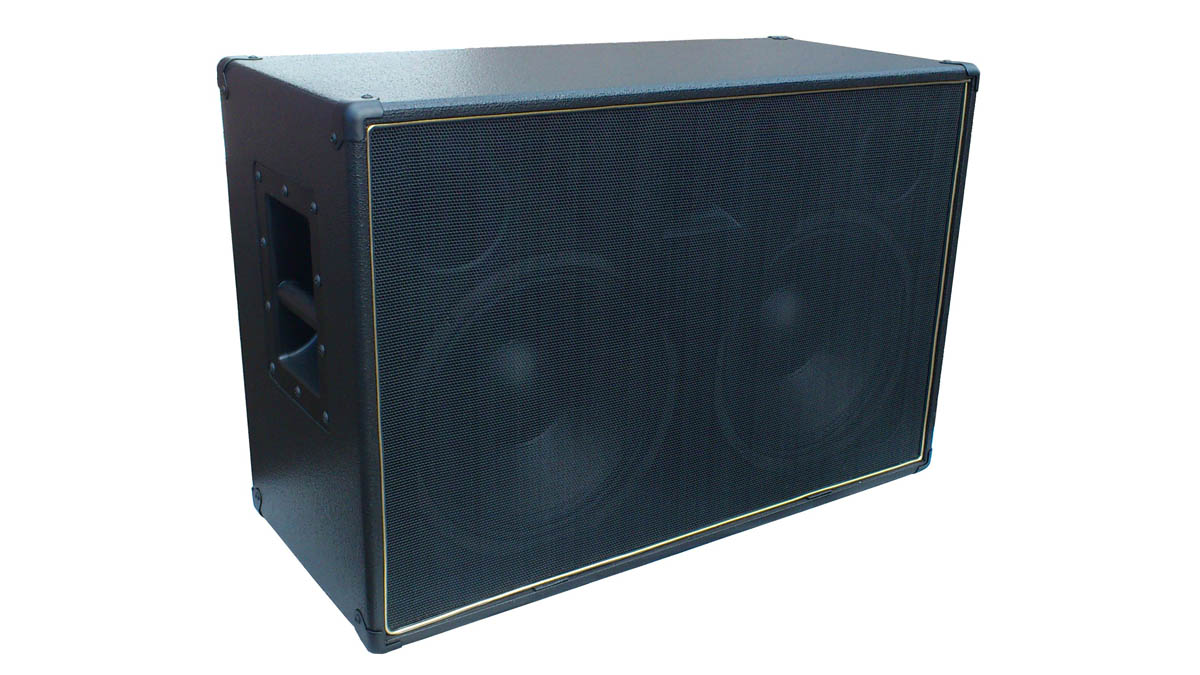
Drawbacks
Perhaps the biggest problem with FRFR is the assumption that by using a cab simulation of a 4x12 in our modellers, we’ll get the sound of a 4x12 cab through our 1x12 FRFR speaker. Well, as Scotty would say, “ye cannae change the laws of physics”.
It’s simply impossible to get the same mass of sound of multiple speakers through one. Yes, speaker design helps them sound bigger than their physical size, and porting and such may give a helping hand, but the information contained in an IR cannot reproduce that to that extent.
FRFR systems' wider dispersion over guitar cabs can be a double-edged sword. At the moment, 1x12 FRFR systems are the norm, but guitarists are asking for bigger cabs such as 2x12s and even 4x12s. However, when you put two speakers with a wide dispersion next to each other in a cabinet, those cones of dispersed sound overlap each other.
In a guitar cab, where the beams are narrow, this isn’t so bad, but in a FRFR cab it can (but not always) lead to phasing problems. With more speakers comes more of the same, as the beams overlap.
It’s a similar problem with stereo. With most of the sonic spectrum from a guitar carried in the upper registers, that means providing multiple HF units to deliver this. When things are pure stereo, all is relatively okay, but when things move back to mono, you have two closely spaced units delivering the same signal at a different time if you're not equidistant between the two sources.
This can result in comb filtering, where the phasing issues become very apparent. From a pro audio standpoint, it’s no use designing a system that is flatter than flat and then ruining it in this way.
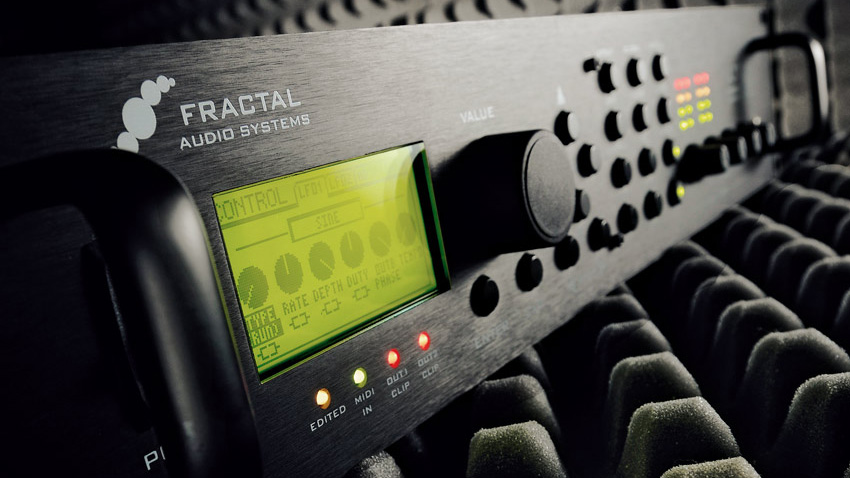
The future
We’ve already started to see a shift in the way cab sims (IRs) are made from their original single-microphone, single-position captures to IRs built up from a number of different mics and areas trying to capture as much sonic information as possible.
Many companies are offering software to blend these IRs together to get even better sounds. There may come a time when an accurate enough cab simulation is available, one that captures more than just a small portion of the speaker, and also gives the 3D quality many guitarists mention when discussing “amp in the room” sounds.
FRFR is still in its infancy as far as guitar applications go. There are great benefits to be had by using such a versatile technology, although there are still some drawbacks. With some compromise on both playing and manufacturing sides and with the boffins adding their new discoveries, the guitarist may well get a one-cab-does-all solution… and it may even be lightweight!